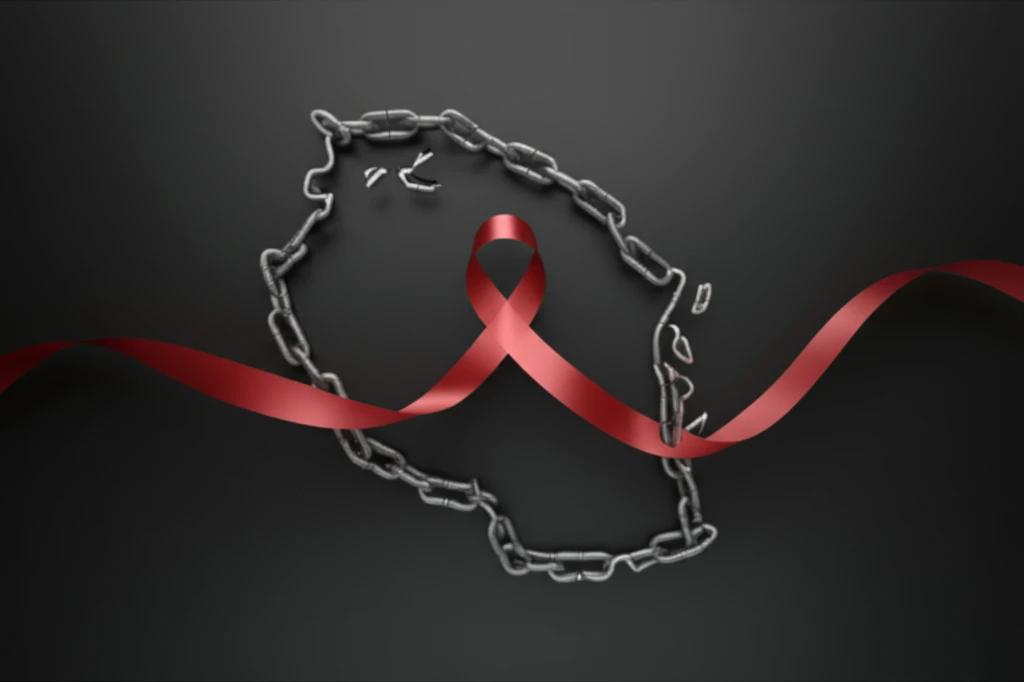
Hidden Crisis: Unmasking the Link Between Human Trafficking and HIV in Tanzania
"A Deep Dive into the Intertwined Risks and What It Means for Public Health"
Human trafficking is a global scourge, and its insidious tendrils reach into every corner of society, exacerbating existing vulnerabilities and creating new pathways for disease transmission. In Tanzania, the intersection of human trafficking and HIV/AIDS presents a particularly alarming challenge. While the magnitude of trafficking remains largely undocumented, it is clear that those ensnared in its web face a significantly elevated risk of HIV infection and other sexually transmitted diseases (STIs).
A 2006, Tanzanian Parliament ratified the United Nations protocol to prevent, suppress, and punish trafficking in persons, especially women and children. The protocol tasked governments to pay attention to an endemic crime facilitating the exploitation and cruelty of a huge number of citizens around the globe. The Anti-Trafficking in Persons Act of 2008 became effective in June 2008, stipulates clearly the roles and obligations of ministries and departments, Non-Governmental Organizations (NGOs), communities and individuals. The Ministry of Health and Social Welfare (MoHSW), among other roles, is directed by the law to integrate or mainstream HIV and trafficking in persons preventions at the programmatic level.
This article will discuss a baseline study conducted in Tanzania on the health conditions of trafficked persons to inform trafficking in persons control measures through HIV and AIDS interventions. By examining the conditions and experiences of trafficked individuals, we can begin to understand the urgent need for targeted interventions and comprehensive support systems. Trafficking in persons is not a new phenomenon and this research aims to illuminate the critical need for data-driven strategies and collaborative efforts to protect vulnerable populations and break the chains of exploitation and disease.
What are the common forms of labor in Tanzania that lead to persons being trafficked?

The study revealed that individuals are often lured into trafficking situations under false pretenses, seeking economic opportunities that ultimately prove to be exploitative and dangerous. Common forms of labor that lead to trafficking include domestic services, agriculture (farming), construction, mining/quarrying, fishing, lumbering and manufacturing. These sectors, often characterized by informal labor arrangements and weak regulatory oversight, provide fertile ground for traffickers to operate.
- Overcrowding in living and working conditions, increasing the risk of infectious diseases like tuberculosis and hepatitis.
- Long working hours and physically demanding labor, leading to exhaustion, injuries, and chronic health problems.
- Psychological trauma stemming from violence, coercion, and isolation.
- Exposure to sexually transmitted infections, including HIV, due to forced prostitution or sexual exploitation.
Takeaways
The intersection of human trafficking and HIV/AIDS in Tanzania demands urgent attention. Addressing poverty, promoting education, and strengthening legal frameworks are essential steps in preventing trafficking and protecting vulnerable populations. More tailored research is needed, especially to find means of how to reach out and provide services to this particular vulnerable population, validate labour forms of exploitation into which persons are trafficked to enable the integration or mainstreaming of HIV and AIDS and trafficking in persons at the policy and programmatic levels. Only through collaborative, data-driven efforts can we hope to break the chains of exploitation and safeguard the health and well-being of all individuals.
